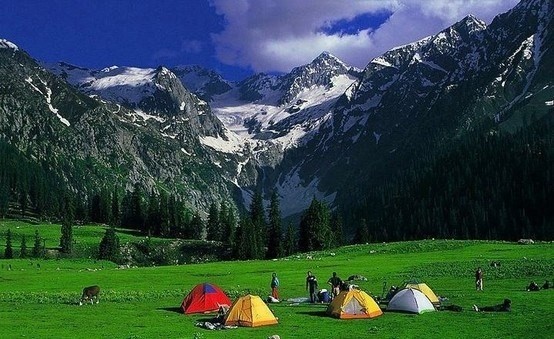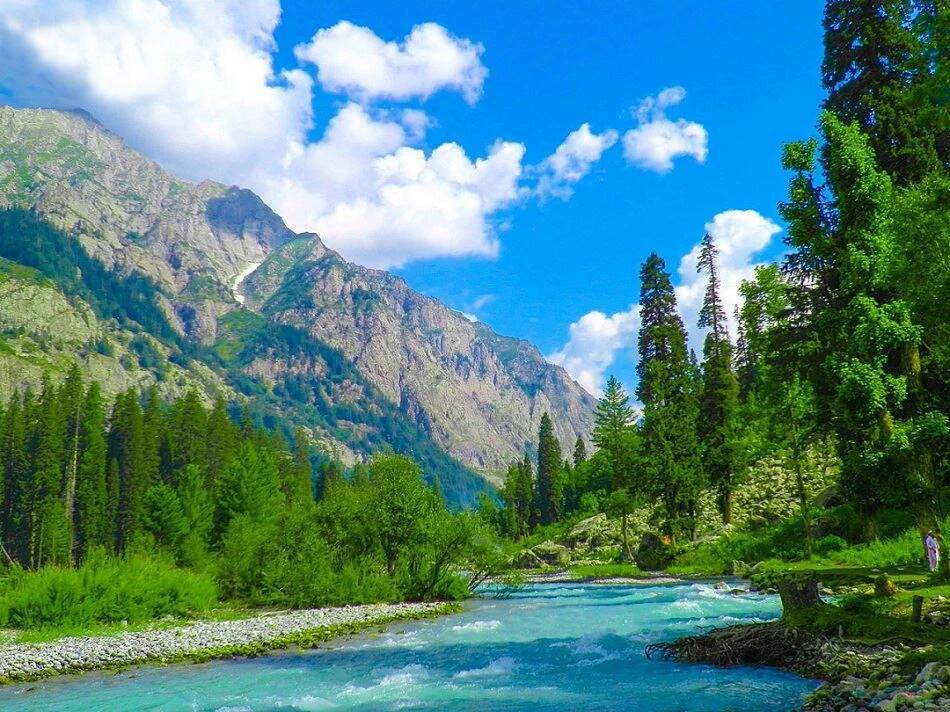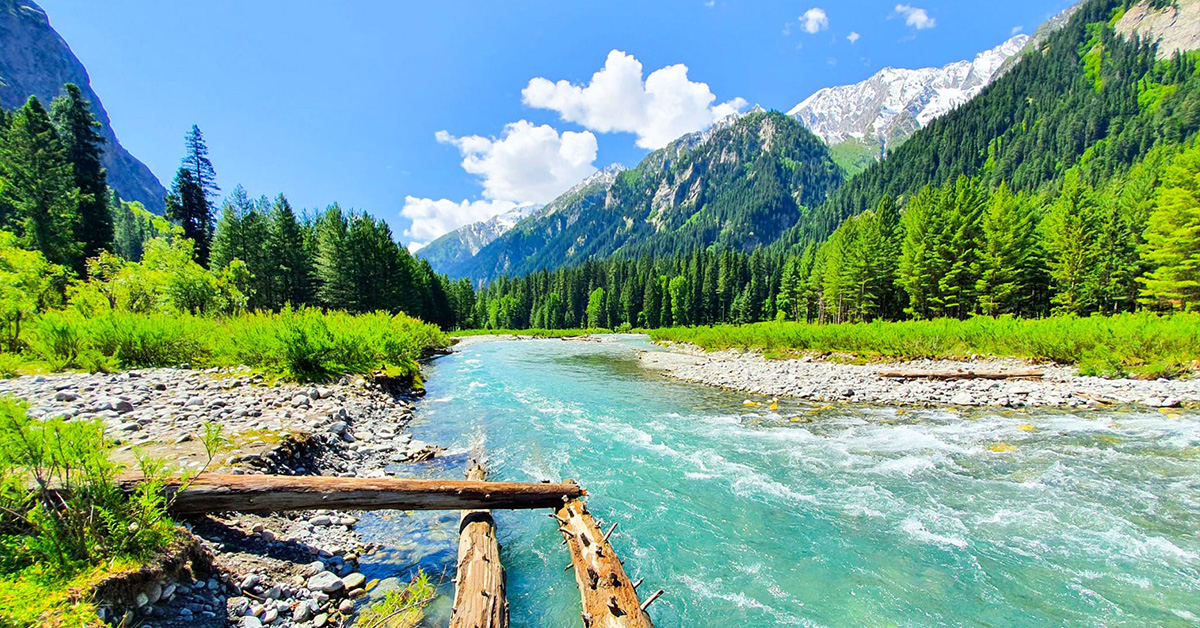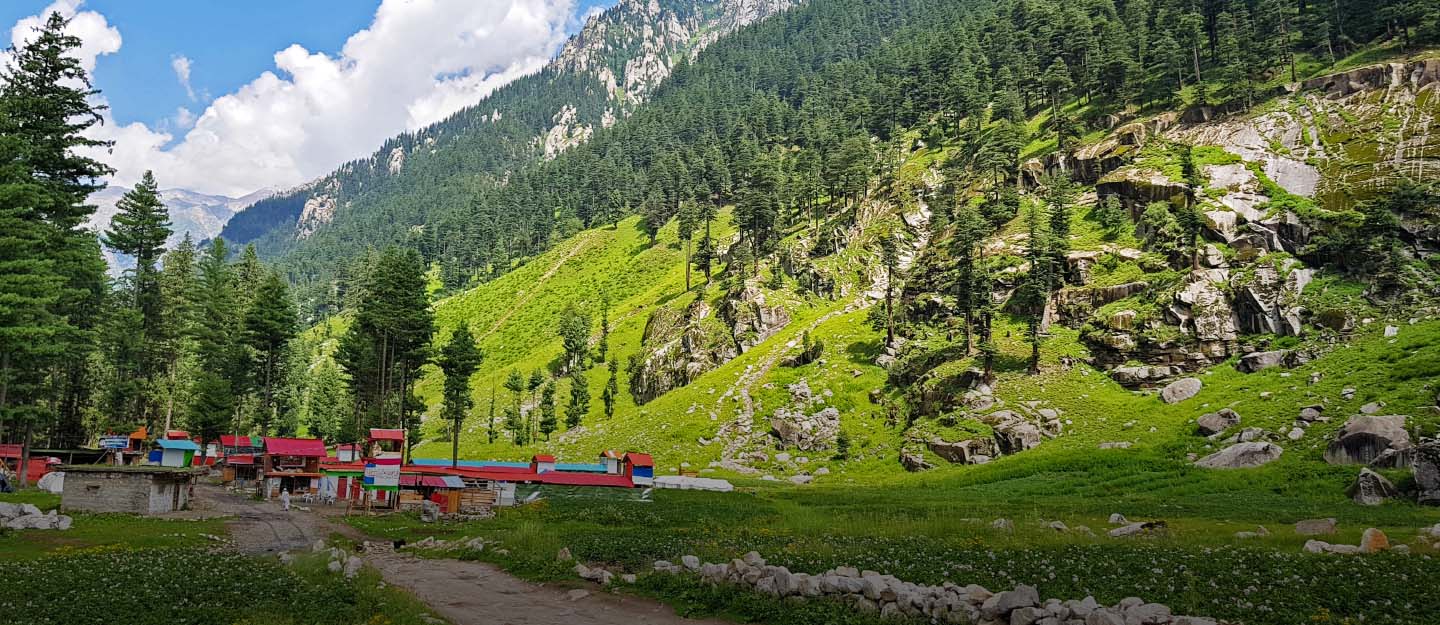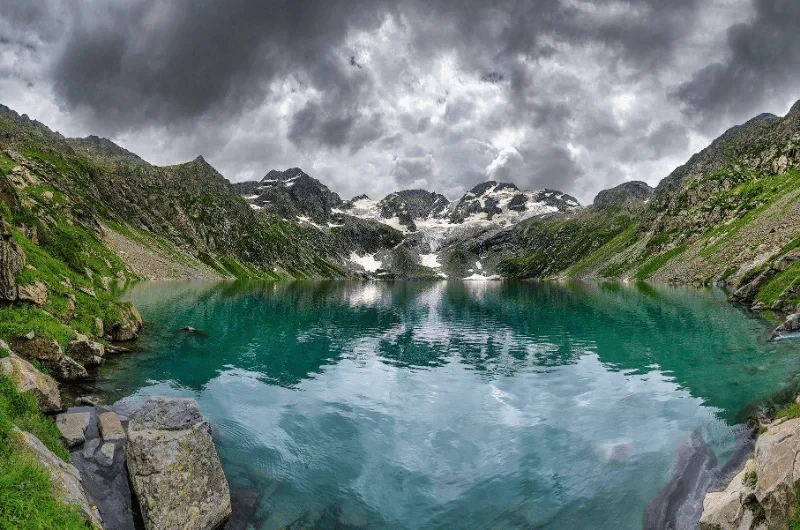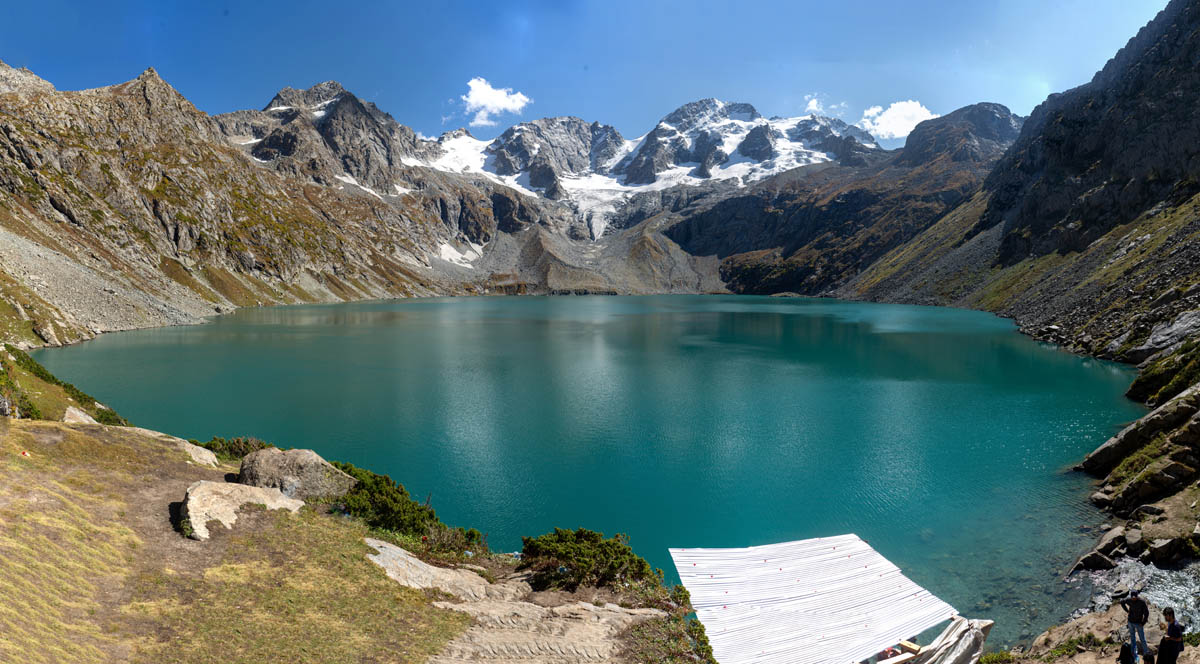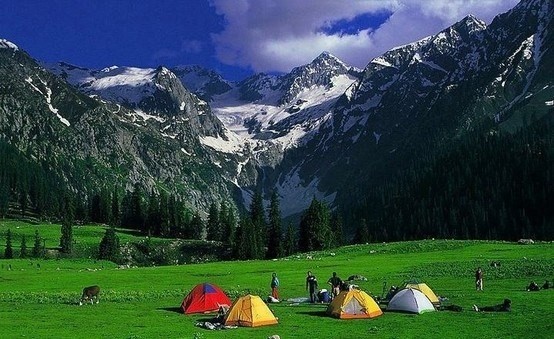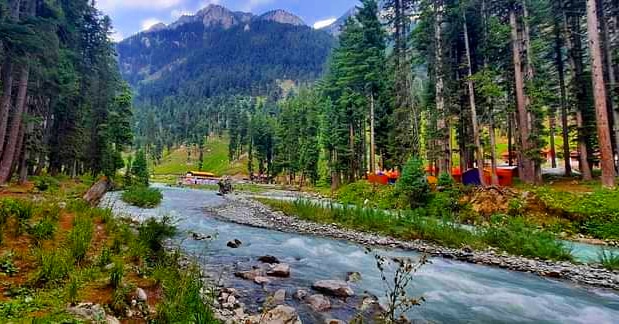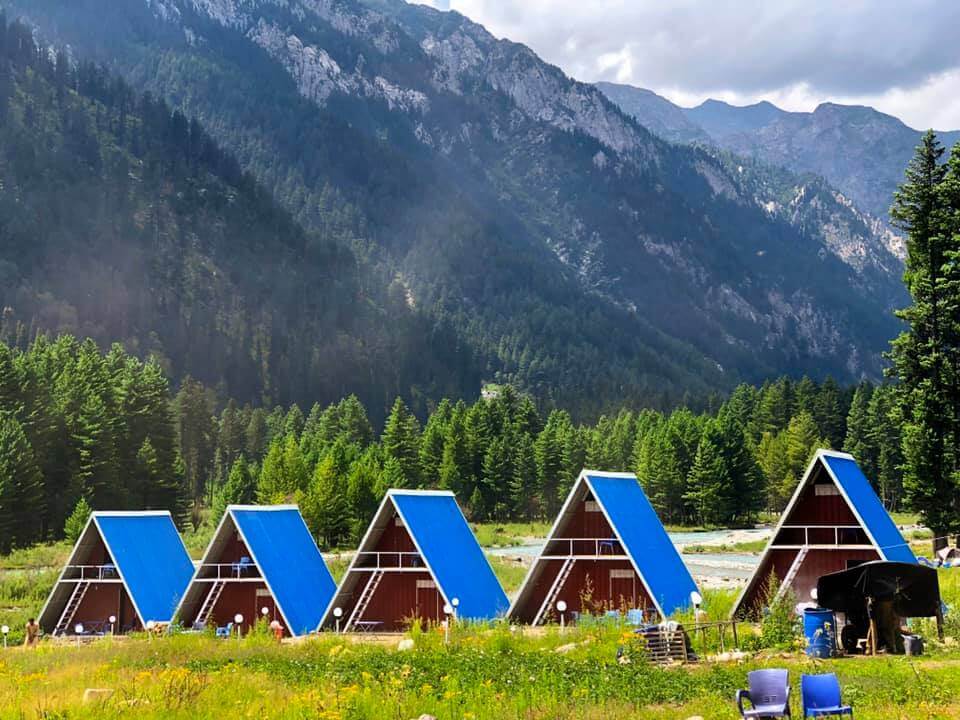
About the Kumrat Valley
The Ultimate Nature Escape in Khyber Pakhtunkhwa – Kumrat Valley
Introduction
Kumrat Valley, nestled in the Upper Dir District of Khyber Pakhtunkhwa, is a breathtaking gem in the northern region of Pakistan. Known for its dense forests, crystal-clear rivers, majestic mountains, and lush meadows, Kumrat is the ideal destination for nature lovers, adventure seekers, and peace enthusiasts alike. Unlike the more commercialized hill stations, Kumrat remains relatively untouched, offering a pure and serene experience. This article explores the scenic beauty, historical background, natural attractions, adventurous activities, and practical visitor details that make Kumrat Valley a must-visit destination.
History and Development
Though Kumrat Valley has been inhabited by local tribes for centuries, it gained significant recognition only in recent years. Historically, the region was known for its strategic location and tribal culture. Over time, with the rise of domestic tourism in Pakistan, Kumrat gained attention through social media platforms and travel documentaries, leading to a surge in visitors.
The local government, recognizing the valley's tourism potential, has started taking steps to improve accessibility and infrastructure while preserving its natural ecosystem. Eco-tourism initiatives are being developed, with the support of both public and private sectors, to provide sustainable tourism opportunities without disturbing the valley’s pristine charm.
Architectural and Natural Appeal
Kumrat Valley is not known for man-made architecture, but rather for its stunning natural canvas. Towering Deodar trees, alpine meadows, turquoise rivers, and snow-covered peaks create a magical atmosphere that feels straight out of a fairytale.
The most iconic visual of Kumrat is the thick forest that runs parallel to the Panjkora River. The valley’s landscape is further enhanced by wooden cottages built in traditional style by locals, giving a rustic and authentic touch to the scenery. Misty mornings, golden sunsets, and clear night skies full of stars offer an unmatched aesthetic experience for photographers and nature admirers.
Attractions and Activities
Kumrat Valley is a paradise for tourists with a love for adventure and scenic beauty. From hiking and camping to river views and lush meadows, the valley offers plenty of opportunities for exploration and recreation.
Jahaz Banda
A high-altitude meadow located in the Upper Dir region, Jahaz Banda is one of the most popular spots near Kumrat. The name means “Ship Ground,” referring to the flat land resembling a ship’s deck. Trekkers must hike for several hours to reach this spot, but the journey through pine forests and waterfalls is as rewarding as the destination.
Panjkora River
Flowing right through the heart of Kumrat, the Panjkora River is perfect for nature walks and picnics. The clear, cold water and gentle ripples make it an ideal place to relax, fish, or simply dip your feet in.
Do Kala Chashma (Two Black Springs)
This natural spring is famous for its two black-colored water sources that merge into a single stream. It’s a quiet, less crowded spot ideal for meditation and photography.
Kala Chashma Trek
For those seeking an adrenaline rush, this challenging hike offers dramatic views of the surrounding peaks and valleys. The trail is moderately difficult and recommended for those with some trekking experience.
Katora Lake
Accessible through a strenuous hike from Jahaz Banda, Katora Lake is a stunning alpine lake surrounded by snow-capped mountains. Its name means “bowl lake” due to its round shape. The reflection of peaks in its calm waters is simply breathtaking.
Camping and Bonfires
Due to the lack of large hotels, camping is a major attraction in Kumrat Valley. Tourists bring their own gear or rent tents locally. Nighttime bonfires under the starry sky are a favorite among visitors, offering a truly rustic experience.
Local Village Tours
Visitors can explore nearby villages such as Thal and Bara Dand, where they can observe traditional woodwork, hospitality customs, and local lifestyle. Tourists often enjoy sitting with locals, sipping green tea, and listening to tales of the valley.
Dining in Kumrat Valley
While Kumrat doesn’t boast fine-dining restaurants, it offers an authentic culinary experience. Most food available in the valley is prepared fresh by local hosts or at small roadside eateries.
Local Cuisine:
Typical meals include daal chaawal, karahi, barbecue chicken, and freshly made roti. Trout fish caught from the Panjkora River is also a must-try delicacy.
Tea and Snacks:
Green tea and doodh-patti (milk tea) are widely available. During bonfire sessions, tourists often enjoy roasted corn, boiled eggs, and local snacks.
Guesthouse Meals:
Many guesthouses and campsites offer meal packages that include breakfast, lunch, and dinner. These are simple but hearty meals designed to fuel your adventure.
Festivals and Events
Kumrat Valley is not known for commercial festivals, but it hosts cultural and seasonal events rooted in local traditions.
Summer Festivals:
During summer, tribal celebrations and cultural dance shows may take place in nearby villages. These events feature traditional music, Attan dance, and local handicrafts.
Independence Day (August 14):
On Pakistan’s national day, local communities decorate their homes and host communal dinners. Some tourists also join in the celebrations.
Eco-Tourism Drives:
NGOs and nature groups sometimes organize eco-cleanup drives and awareness campaigns about preserving Kumrat’s ecosystem. These events are open to volunteers and visitors.
Why Visit Kumrat Valley?
Kumrat Valley stands out as a unique destination due to its raw beauty, peaceful environment, and adventurous spirit. Here’s why it should be on your travel bucket list:
- Unspoiled Nature: Unlike commercial tourist destinations, Kumrat offers a tranquil, untouched landscape.
- Adventure Opportunities: From camping to hiking, every day in Kumrat is an adventure.
- Photographic Beauty: Every view is a postcard — lush forests, rushing rivers, snow peaks, and starry skies.
- Hospitality and Culture: Warm locals, traditional wooden homes, and authentic experiences make your trip memorable.
- Escape from Routine: The lack of internet and urban noise helps visitors reconnect with nature and themselves.
Ticket Prices
There is no formal entry ticket for Kumrat Valley itself; however, certain camping sites and jeep rides may have associated costs:
- Jeep Charges (Thal to Kumrat): PKR 6,000 – PKR 10,000 round trip (depending on distance and negotiation).
- Camping Fee (Per Tent): PKR 1,000 – PKR 2,500 per night (depending on size and location).
- Entry to Some Private Sites (e.g., waterfalls, meadows): PKR 100 – PKR 300 per person.
Timings
There is no restriction on timings as Kumrat Valley is open to the public year-round. However, recommended visiting hours are based on daylight and weather conditions:
- Daily Access: Open 24 hours
- Best Visiting Time:
- Spring/Summer: 7:00 AM to 7:00 PM (Ideal for trekking and photography)
- Winter Months: Limited access due to snow (October to March), travel only if weather permits
Address: H652+PGP, Kumrat Valley, Pakistan
